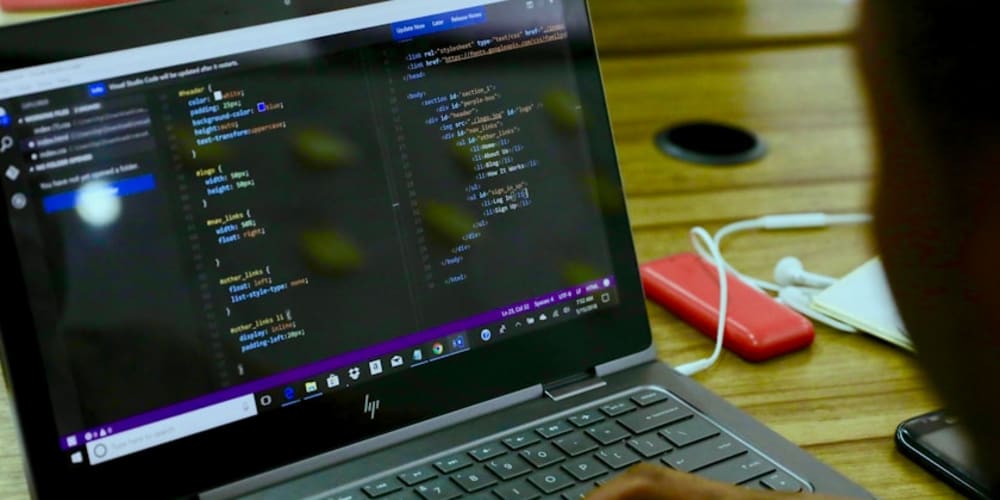As developers, we often find ourselves applying our technical skills to solve real-world problems. Today, we're going to tackle a unique challenge: creating wedding place cards using our coding prowess. Whether you're planning your own wedding or helping a friend, this guide will show you how to leverage your programming skills to create elegant and personalized place cards.
The Problem
Wedding planning involves numerous details, and place cards are a crucial element for organizing seating arrangements. However, creating them manually can be time-consuming and error-prone, especially for large guest lists.
The Solution
We'll use a combination of data manipulation and template generation to automate the process of creating place cards. Here's what we'll cover:
- Data Management
- Template Design
- Automation Script
- Output Generation
1. Data Management
First, we need to manage our guest list. Let's use a simple CSV format:
name,table_number
John Doe,1
Jane Smith,2
We can easily manipulate this data using Python's csv module or Pandas library.
2. Template Design
For our place card template, we'll use HTML and CSS. This allows for easy customization and printing. Here's a basic template:
<!DOCTYPE html>
<html lang="en">
<head>
<meta charset="UTF-8">
<style>
.place-card {
width: 3.5in;
height: 2in;
border: 1px solid #000;
text-align: center;
font-family: Arial, sans-serif;
}
.guest-name {
font-size: 24px;
margin-top: 30px;
}
.table-number {
font-size: 18px;
margin-top: 10px;
}
</style>
</head>
<body>
<div class="place-card">
<div class="guest-name">{guest_name}</div>
<div class="table-number">Table {table_number}</div>
</div>
</body>
</html>
3. Automation Script
Now, let's write a Python script to generate our place cards:
import csv
from jinja2 import Template
# Read guest list
guests = []
with open('guests.csv', 'r') as file:
reader = csv.DictReader(file)
for row in reader:
guests.append(row)
# Load template
with open('template.html', 'r') as file:
template_str = file.read()
template = Template(template_str)
# Generate place cards
for guest in guests:
output = template.render(
guest_name=guest['name'],
table_number=guest['table_number']
)
# Save to file
with open(f"place_card_{guest['name'].replace(' ', '_')}.html", 'w') as file:
file.write(output)
print(f"Generated {len(guests)} place cards.")
This script reads the guest list, applies the template, and generates individual HTML files for each guest.
4. Output Generation
To convert the HTML files to printable PDFs, you can use a library like weasyprint:
from weasyprint import HTML
# ... (after generating HTML files)
for guest in guests:
html_file = f"place_card_{guest['name'].replace(' ', '_')}.html"
pdf_file = f"place_card_{guest['name'].replace(' ', '_')}.pdf"
HTML(html_file).write_pdf(pdf_file)
print("Generated PDF place cards.")
Conclusion
By leveraging our coding skills, we've created a system that can generate personalized wedding place cards quickly and accurately. This approach not only saves time but also allows for easy updates and reprints if needed.
For those interested in further customization, consider these enhancements:
- Add QR codes to each place card linking to wedding details or guest's dietary preferences
- Implement a web interface for easy guest list management
- Use image processing libraries to add background images or patterns to the cards
Remember, the place card templates mentioned earlier can serve as inspiration for more advanced designs. You can also explore Microsoft Word templates if you prefer a graphical approach.
For a quick solution without coding, check out this free online place card maker. It's a great option if you're short on time or prefer a no-code solution.
Happy coding, and congratulations to all the developers out there planning their weddings!


















